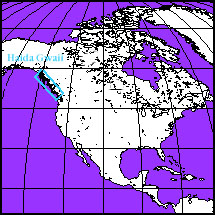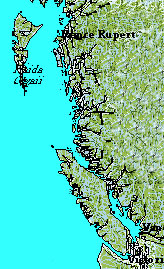
Background


Then the carving is “blocked out” while the carver makes sure that the design elements conform to the grain of the argillite. After the initial steps are completed ornament of high relief is added with a scriber, chisel, file and other tools. The carving is then filed and smoothed with sand paper or steel wool. In the past different tools were used for example, the smoothing and polishing of the piece was carried out with a dried sea sponge or dried sharkskin. The final finish that produces a dark glossy sheen is obtained by hand-rubbing or applying lamp black, loggers chalk, petroleum or black shoe polish.
Old argillite is an extremely fragile material. Changes in humidity, temperature, heat or applied light that is absorbed by the carving internally heat the object leave the carving at higher risk for damage. Many of the carvings that were collected long ago display chips and cracks which have resulted from poor handling, damage in transportation and poor environmental conditions. The carvings can be preserved only if they are cared for properly.
The Haida people have a long and rich past. Before contact with explorers, traders and settlers, they were divided into two moieties (family groups), the Raven and the Eagle. Each family had title to specific crests and symbols. Crests and symbols are representations of animals and supernatural beings known from the Haida past by the way of oral histories, legends, myths and stories. These crests and symbols are combined to tell stories. Some of the crests depicted in argillite carvings include: Raven, Killer whale, Grizzly bear, Black Bear, Hawk, Moon, Wasco, Dogfish, Thunderbird, Mountain Goat, Wolf, Eagle, Beaver, Five-finned Killer Whale, and Frog. The ability to declare an object as depicting Killer whale or Thunderbird does not come close to understanding an argillite carving .
When viewing each argillite carving, it is better to imagine the “Slatechuck” as being alive and fluid telling a story form the past through the eyes of its creator. Imagine a carver years ago holding a piece of argillte shaping it with the cold metal tools, manipulating it into a master piece. The carved-beings, represented come alive. It is best to imagine these pieces reflecting the light of a colourful sunset, a bright sunrise or the flickering of fire flames at night or during the winter months. It is during these transformational times that the argillite comes alive to tell us a story, the story often lost, hidden or misunderstood that depicts a piece of the past that is the mystical and mysterious vision that is seen today.